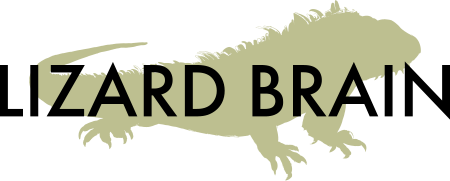"How Do You Keep Meetings Moving?"
Participants will often ask about how they can keep their own meetings going after the facilitator has left. There are great resources out there. I usually recommend Sam Kaner's "Facilitator's Guide to Participatory Decision Making," "How to Make Meetings Work" by Michael Doyle and David Straus, and "How to Make Collaboration Work" by David Straus. But if someone just wants a quick fix, I share this story from "Switch" by Chip and Dan Heath.
Excerpt from “Switch: How to Change Things When Change Is Hard”
By Chip Heath and Dan Heath
General William "Gus" Pagonis led the logistics operation for the Gulf War under President George H. W. Bush. Pagonis was responsible for moving 550,000 troops halfway around the world, along with all of their equipment. His team made the arrangements to serve 122 million meals, pump 1.3 billion gallons of fuel, and deliver 32,000 tons of mail. Even a Wal-Mart executive would get spooked thinking about this.
Needless to say, clear and efficient communication was essential. Every morning, General Pagonis held a meeting that started at 8 a.m. and ended at 8:30. No great innovation there, but Pagonis made two changes to the routine. First, he allowed anyone to attend (and he required that at least one representative from each functional group be present). That way, he could ensure a free and open exchange of information across the organization. Second, he required everyone to stand up during the whole meeting.
Here's Pagonis on the benefits of the stand-up meeting:
"Early on, I discovered that making people stand up keeps the ball moving at a quicker pace. People speak their piece and then quickly yield the floor to the next person. On the rare occasion that someone starts to get long-winded or wax philosophic, an unmistakable kind of body language begins to sweep through the crowd. People shift from foot to foot, fidget, look at their watches - and pretty quickly, the conversation comes back into focus .... I can't recall the last time I had to crack the whip. The peer group has great power."
Pagonis was consciously creating a habit. Any meeting format he chose would have quickly become habitual. It would have been just as easy for him to enshrine a two-hour, seated blabfest. What's exciting here is not the existence of the habit, but rather the insight that the habit should serve the mission. When you've got 550,000 troops to relocate, you need focus and clarity and efficiency. A stand-up meeting won't guarantee any of that, but it will help, and it's "free"- it's not any harder to create than the blabfest would have been. (Similar stand-up meetings are used in Agile programming projects in Silicon Valley, which place a premium on quick collaboration.)

